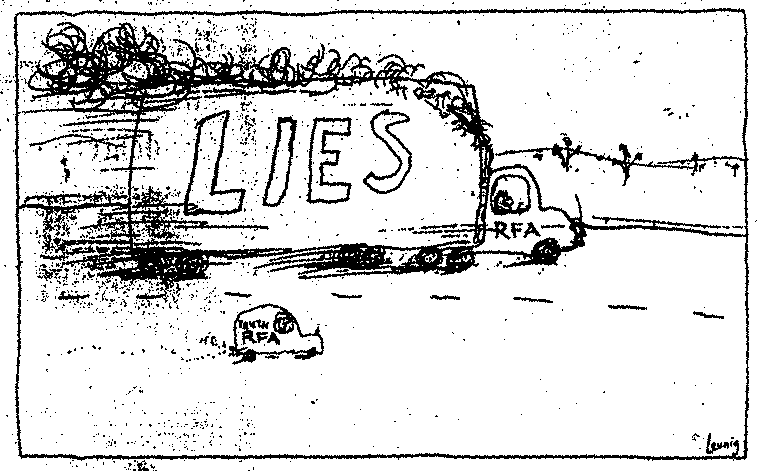Life after the RFA
Since the East Gippsland RFA was signed in February 1997, we have seen:
- licences issued for unlimited woodchip exports from the region
- a five year permanent blockade of the Goolengook heritage listed old growth forest. Hundreds of people were arrested. Politically and financially this was costly to the government and what remained was eventually protected.
- areas which have previously been identified by the government as having national and state significance for biological values have been logged.
- Threatened species become more threatened. The RFA’s were meant to look after wildlife but there was a reduction in the number of Spot-tailed quoll sites which receive adequate protection reduced from 7 to 5. Quoll numbers have been in decline. The threatened Leadbeaters Possum is now listed as critically endangered in the Central Highlands despite their RFA.
- High log volume/high conservation value areas supporting threatened species rezoned for logging, while lower yielding forests with unknown or lesser values were put aside into no-logging zones. This made the overall reduction of quality reserved area less obvious while allowing them to claim many hectares had been protected.
- Despite the expensive process to entice overseas investors to rip chip and ship, the 800,000 m3 which has been available for purchase was unable to find a buyer.

In summary, little has changed. Market forces still rule the show, the logging agency operates as a lawless entity, logging is subsidised by tax payers, jobs have decreased, community concern and protests have escalated and of course our wildlife, water catchments, carbon stores and the ancient ecosystems of our natural forests have been smashed and converted to pulpwood plantations.
What we have received is 20 years of Sweet RFA.
See our PDF publication “An illustrated Guide to the RFA”
